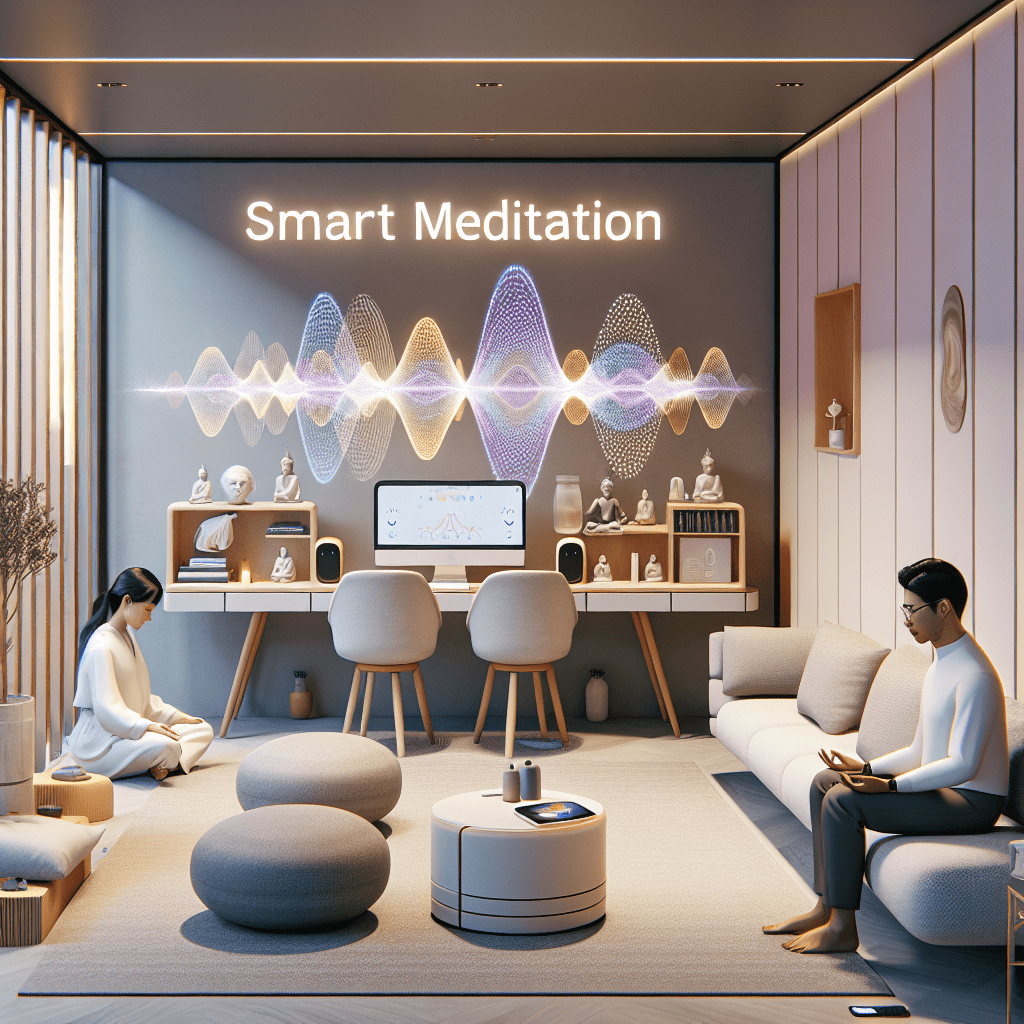
Prioritize your mental well-being daily. Enhance your life by nurturing your mental health with the Smart Meditation app. Break free from stress, alleviate anxiety, and enhance your sleep quality starting today.
How Do I Learn To Meditate?
Unlocking the Power of Meditation: A Beginner’s Guide
Diving into the world of meditation can seem like a daunting task at first, what with its aura of mystique and its seemingly endless varieties. But fear not! Embarking on a meditation journey can be a straightforward and deeply rewarding experience. Whether you’re looking to reduce stress, enhance your concentration, or embark on a journey of self-discovery, meditation offers a versatile path to personal growth. So, how do you get started? Let’s break it down.
Mastering the Basics
First things first, let’s get a handle on what meditation really is. At its core, meditation is the practice of turning your attention inward, focusing your mind on a single point of reference. It could be your breath, a specific word, or even a mantra. The goal? To achieve a heightened state of awareness and inner calm. Sounds simple, right? Well, as many beginners soon find out, it’s easier said than done. But, as the saying goes, practice makes perfect.
Here are a few steps to get your meditation practice off the ground:
- Setting the Scene: Find a quiet spot where you won’t be disturbed. This could be a corner of your bedroom, a comfortable chair, or even a peaceful outdoor setting. The key is consistency; try to use the same spot for your meditation practice.
- Timing is Everything: Start with short sessions, about 5-10 minutes in length, and gradually increase the duration as you become more comfortable. Many find that early morning or late evening works best, but ultimately, it’s whatever fits into your schedule.
- Adopt a Comfortable Pose: Whether it’s sitting cross-legged on a cushion, in a chair with your feet flat on the ground, or lying down – comfort is key. Keep your back straight to promote alertness.
- Focus Your Mind: Choose an anchor for your attention. This could be the sensation of your breath as it enters and exits your nostrils, or a mantra that you silently repeat to yourself. When your mind wanders (and it will), gently guide it back to your focal point without judgment.
- Be Kind to Yourself: Meditation is a skill, and like any skill, it takes time to develop. Treat yourself with kindness and patience as you navigate your meditation journey.
Exploring Different Meditation Techniques
Once you’ve gotten the hang of the basics, you might want to explore the diverse landscape of meditation practices. From mindfulness meditation, which emphasizes present-moment awareness, to loving-kindness meditation, designed to foster a sense of compassion and empathy, there’s something for everyone.
- Mindfulness Meditation: This technique involves paying close attention to your thoughts, feelings, and sensations in the present moment, without judgment. It can be practiced anywhere, anytime – making it a particularly accessible form of meditation.
- Transcendental Meditation (TM): TM involves silently repeating a given mantra in a specific way, a technique purported to bring about a state of relaxed awareness.
- Guided Meditation: For those who prefer more structure, guided meditations offer a narrated experience of meditation, often focusing on visualization or breathing techniques.
The world of meditation is vast and varied, offering pathways to peace and self-discovery that can enhance nearly every aspect of your life. By starting small, being patient with yourself, and exploring different techniques, you’ll find the practice that resonates with you. Remember, the journey is the destination. As you embark on your meditation journey, you’re cultivating a skill that can illuminate the richness of the present moment and open the door to a more mindful and tranquil existence. So, why wait? The perfect moment to start is now.





